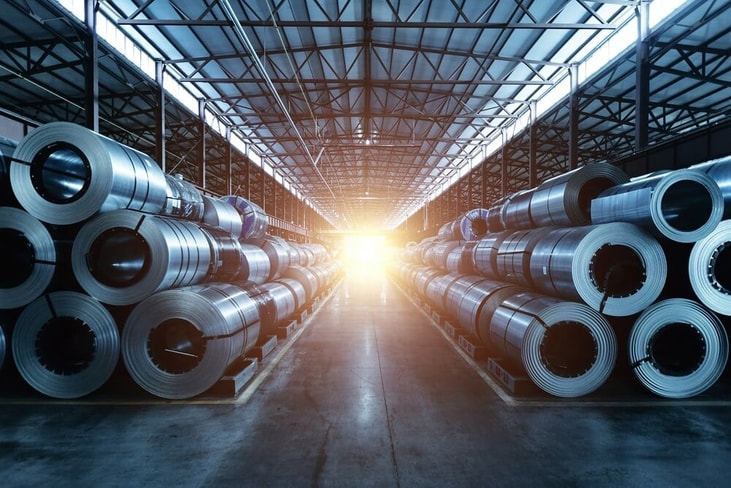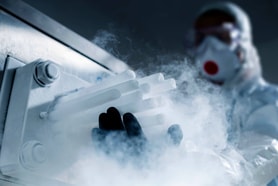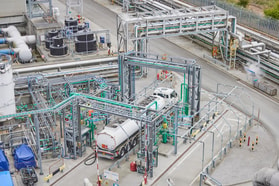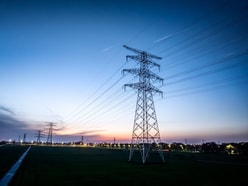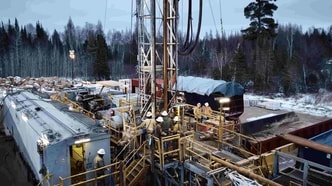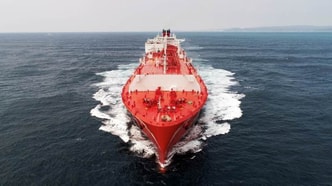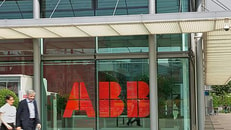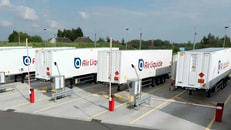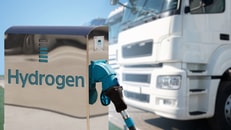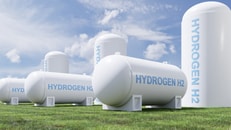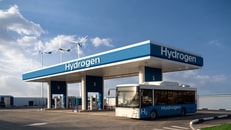Kingspan signs green steel deal to cut emissions impact
Ireland-based building materials firm Kingspan has signed a supply agreement with Hydnum Steel for green steel as part of its push to lower emissions across its operations and products.
The deal, set out in a memorandum of understanding, will see the company source low-emission steel from Hydnum’s forthcoming plant in Puertollano, Spain. The facility will use renewable energy and green hydrogen instead of coal in a bid to cut carbon from the steelmaking process.
The partnership forms part of Kingspan’s sustainability push, which aims to reduce Scope 3 emissions by securing lower-carbon raw materials.
... to continue reading you must be subscribed

